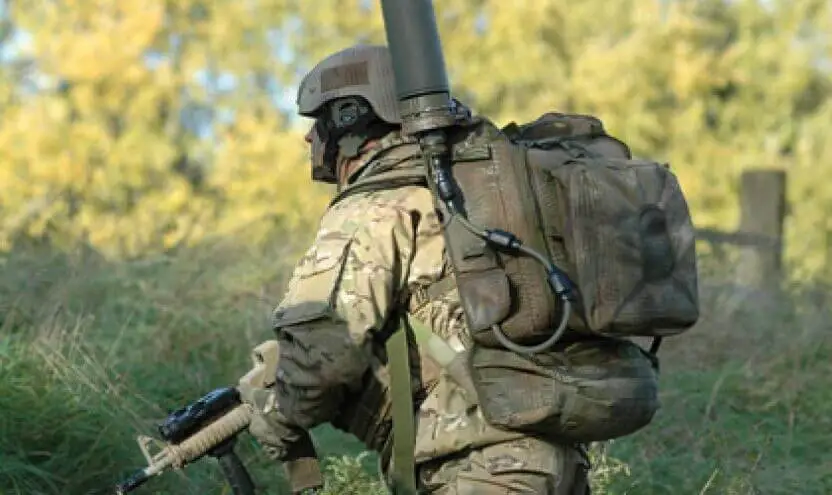
The U.S. Army is poised to undertake a profound transformation through the adoption of digital engineering, as it seeks to modernize its weapon systems and maintain a competitive edge against emerging threats.

In a strategic shift from traditional, manual engineering processes, the Army is rolling out an extensive digital engineering vision with a focus on areas such as ground vehicles, aviation, and sensors.

At the crux of this transition are ‘digital twins’, highly accurate virtual models that represent systems as they develop and evolve, providing a myriad of benefits including faster designs, cost-effective simulations, and streamlined maintenance.

According to a policy memo by Army Undersecretary Gabe Camarillo, this digital approach promises “to replace pen-and-paper designs with computer-based ones.”

The digital engineering policy will kickstart with six main programs serving as initial testbeds, including the XM-30 Mechanized Infantry Combat Vehicle and the Future Long-Range Assault Aircraft, both of which are at the forefront of their respective fields.

Soldiers from 3rd Platoon 1-23 Inf. maneuver through a water-treatment facility.
The integration of digital engineering artifacts into the development of these platforms is a testament to the Army’s commitment to keeping pace with private sector best practices, as highlighted by Camarillo at an AFCEA NOVA event. He expressed that the policy is “near and dear to his heart” and vital for the Army’s endeavor to catch up with the private sector’s advancements.

Army Secretary Christine Wormuth also emphasized the efficiency and cost-effectiveness of this new strategy, stating that it “allows us to do modeling and simulation and explore engineering challenges using computer simulations.”

This marks a significant move away from manual, paper-based, and often archaic processes, towards digital environments where engineers and contractors can rapidly iterate on designs and maintenance procedures.

The Army has outlined four critical ‘lines of effort’ in its digital engineering policy. First, focus areas like ground vehicles, aviation, and sensors are being established to spearhead digital engineering within the service. Second, the implementation of data engineering tools is geared toward promoting collaboration and system integration.

Third, pathfinder programs have been selected to showcase the potential of digital engineering and address implementation challenges. Lastly, developing a skilled workforce adept in digital engineering is seen as essential to the policy’s success.

Camarillo underscored that while this is a significant step towards modernization, the Army still has much work ahead, particularly in modernizing IT infrastructure and addressing tactical network challenges. In addition, the service plans to work closely with industry and conduct talent exchanges to foster best practices transfer.

The Army’s foray into digital engineering is not without challenges, such as overcoming the prevalence of closed architectures and proprietary systems within the current ecosystem, as well as vendor lock-in.

Nevertheless, enabling technologies like artificial intelligence (AI) and multi-cloud environments could enhance digital engineering processes, allowing the Army to maintain its technological edge on the battlefield.

By firmly embracing digital engineering, the Army is set to streamline its processes, accelerate the delivery of new capabilities, and ensure its preparedness for future engagements.

As the Defense Acquisition University succinctly puts it, digital engineering is an “integrated digital approach that uses authoritative sources of system data and models as a continuum across disciplines,” underscoring its importance in the lifecycle of military systems.
Relevant articles:
– Army taps some of its biggest programs for new digital engineering push, Defense One
– Army unveils ‘more efficient and less costly’ digital engineering strategy, Breaking Defense
– Army signs digital engineering policy to enhance weapon system development, DefenseScoop
– Leading the charge: Transforming US Army systems through digital engineering, DefenseScoop

